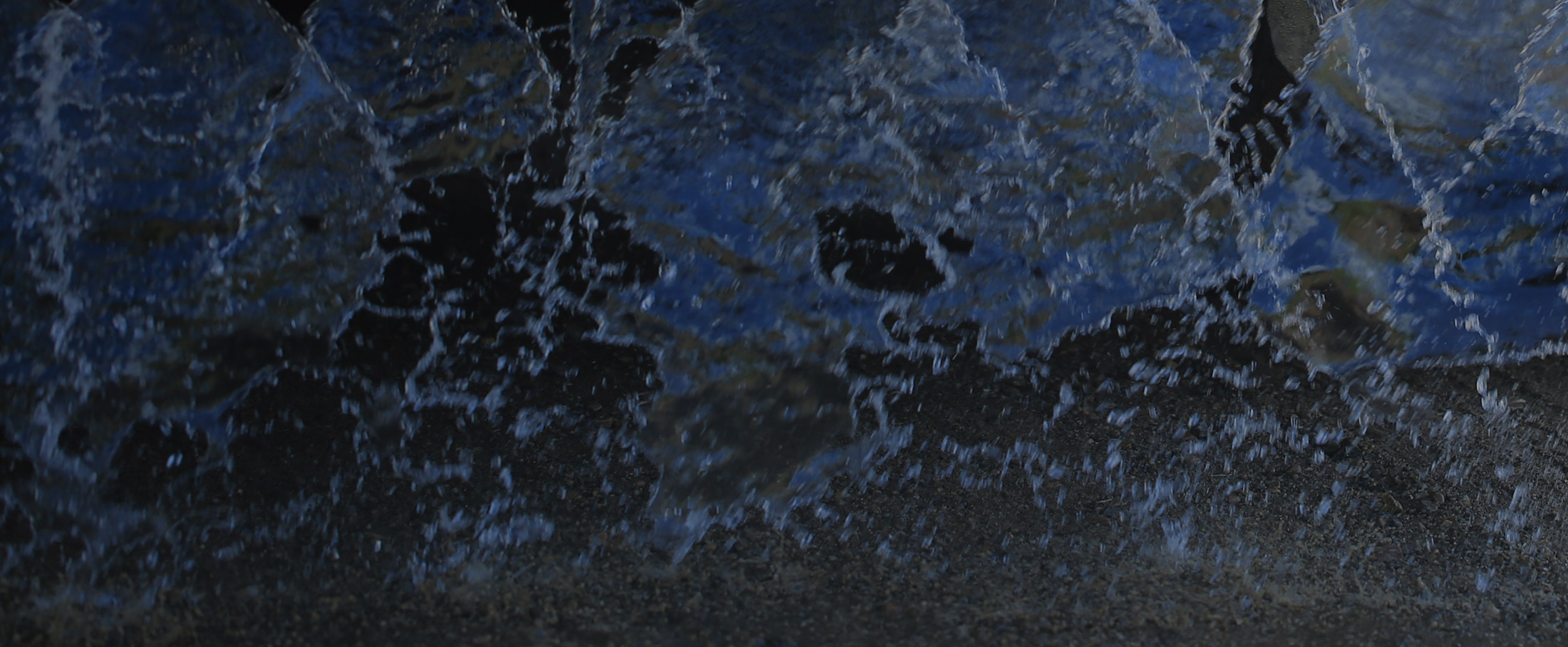
05 Feb How Does Calcium Chloride Melt Snow and Ice?
Knowing the science behind how calcium chloride can melt snow and ice can help explain why it is a superior product when used for deicing. Calcium chloride (CaCl2) is one of nature’s uncommon wonders. It’s a specialty salt with unique properties that improve driving and pedestrian safety. Calcium chloride also removes unhealthy dust from the air we breathe and enhances the performance of products that contribute to the supply of energy, food and other essentials of life.
Calcium chloride from OxyChem (Occidental Chemical) in Ludington, Michigan and distributed by Great Lakes Chloride, is refined from natural brines found in sandstone formations beneath the earth. By processing naturally occurring brine, reactions with harsh chemicals used in other CaCl2 manufacturing processes can be avoided. The National Organic Standards Board classifies the brine process OxyChem uses to produce CaCl2 as “non-synthetic.”
The Magic of Moisture & Heat
While similar chemically to rock salt, calcium chloride contributes three unique and highly valuable performance properties unavailable from rock salt:
1.It is hygroscopic, strongly attracting moisture from its surroundings.
2. Solid calcium chloride is deliquescent, meaning it can absorb enough moisture to convert to liquid brine.
3. When dissolved in water, solid calcium chloride releases heat in an exothermic reaction.
These three special properties of calcium chloride are highly beneficial to quickly melt ice on sidewalks and steps. Melting speed is determined by how easily a substance dissolves when exposed to snow/ice to form a brine solution. This brine lowers the freezing point of water to melt additional snow and ice on contact. By attracting moisture from its surroundings, CaCl2 creates brine faster than other materials.
Customers will see added performance because the reaction that creates CaCl2 brine actually releases heat. This makes calcium chloride a more effective deicer than rock salt and other materials that draw heat from a cold environment to begin the melting process.
Purely Different
How clear are the advantages of calcium chloride’s chemical properties? No need to take our word for it. Suppliers of rock salt blends claim that even the small amount of CaCl2 they add to their products makes a significant performance difference. As flattering as those claims are, a fraction of calcium chloride won’t significantly change the performance of of rock salt. It takes pure calcium chloride to melt ice faster and more thoroughly.



